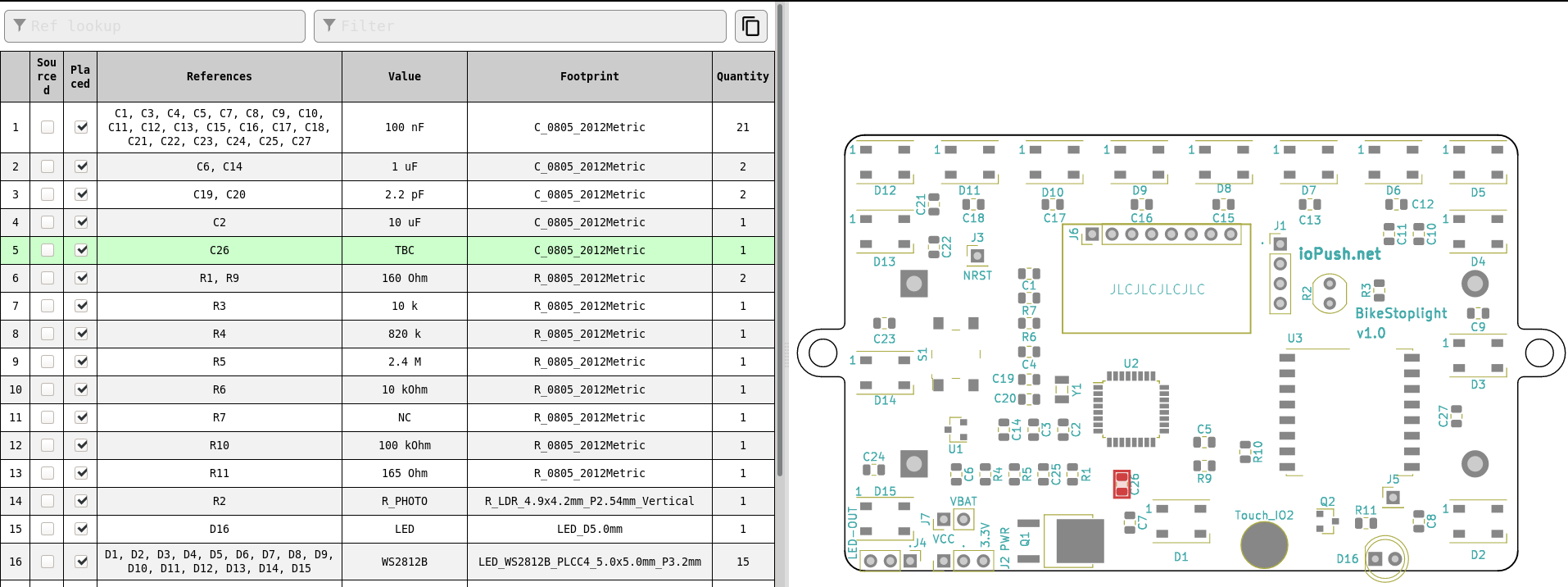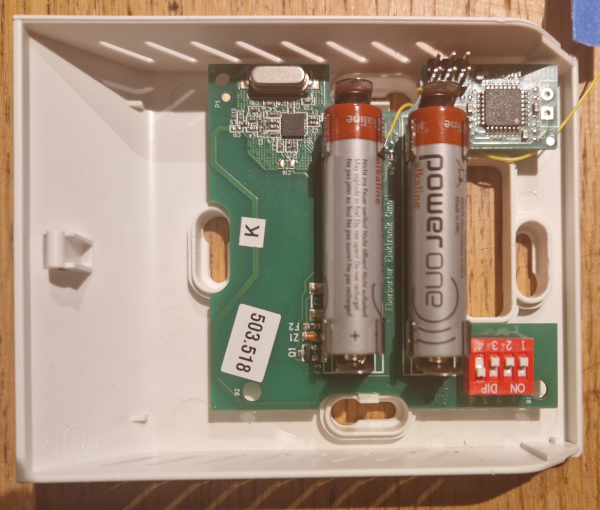Informatics

I went down the hole of installing Linux on my phone (Samsung Galaxy S7). The
easiest path is compiling and installing UBports,
some people have heavily started the process but it is still a work in progress.
This is the first part: step by step description to build and boot the system,
with helpers scripts to setup the system once flashed.

Small hacky script to set regular temperature changes in 3D printer gcode, to
easily use “Temperature towers”.
I had to move my previous Wireguard VPN + Pi-hole ad blocker to another server,
but this time I was not able to expose Pi-hole DNS port (53) to the host
machine. It was also better to have Wireguard VPN inside a Docker container…
so I did!
As a reminder, Wireguard is a stateless and easy to configure VPN: share a pair
of public keys between the client(s) and server then you are good to go!
Moreover, stateless is great when used from a phone as there is no power-hungry
keep-alive like OpenVPN, nor reconnection time when switching from Wi-FI to 4G.

I was looking to use InteractiveHtmlBom plugin for KiCad but unfortunately, Debian maintainers did not set KICAD_SCRIPTING option in the official package. After a few failing attempts I even tested the official flatpak package but it is an old version (currently 4.x) and scripting is not enabled too.
So I dug further until it actually succeeds to compile :-)

There are a lot of pages stating that the Thinkpad T440p fingerprint sensor is
not working well under Linux, but those are old and outdated. For me it worked
well after figured out which packets to install:





